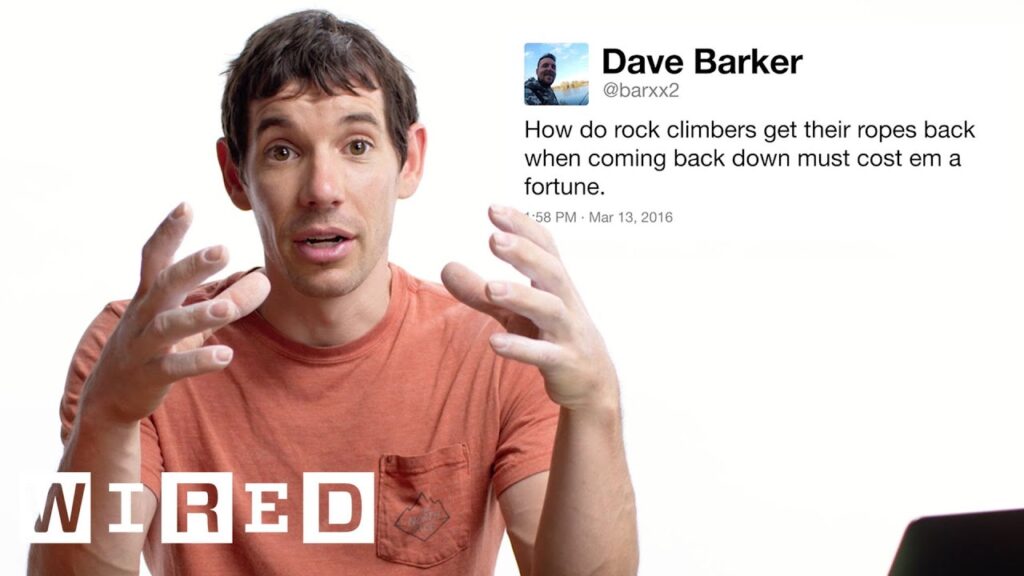The Importance of Body Language in Communication: Insights from a Former FBI Agent
Summary
In this article, we explore the significance of body language in effective communication, particularly in virtual settings. We draw insights from Joe Navarro, a former FBI agent, who shared his expertise on Twitter. Navarro emphasized the importance of body language in revealing power dynamics, cautioned against secret handshakes, and explained the evolutionary advantage of expressive hand gestures. We also discuss the impact of low-resolution cameras and poor lighting on nonverbal cues and the universality of certain behaviors. Finally, we suggest that teaching children about body language can help them navigate social situations and media communication.
Table of Contents
- Revealing Power Dynamics: The Importance of Body Language
- Caution Against Secret Handshakes and Repetitive Behaviors
- Evolutionary Advantage of Expressive Hand Gestures
- Virtual Settings and Nonverbal Cues
- Teaching Children About Body Language
- Conclusion
Revealing Power Dynamics: The Importance of Body Language
Joe Navarro analyzed a photograph of two people and pointed out how their body language revealed who was in charge and who was the subordinate. This highlights the importance of body language in revealing power dynamics in communication. Navarro’s insights suggest that nonverbal cues can be more revealing than verbal communication, and paying attention to them can help us understand the underlying dynamics.
Caution Against Secret Handshakes and Repetitive Behaviors
Navarro cautioned against secret handshakes, as they can be uncomfortable and leave a negative impression. He also explained that repetitive behaviors like leg shaking or finger cracking are self-soothing behaviors. These behaviors can be distracting and may convey nervousness or discomfort.
Evolutionary Advantage of Expressive Hand Gestures
Navarro explained that humans evolved to be expressive with their hands for effective communication in dangerous environments. The use of facial and hand gestures is part of our paleo circuit and has given us an advantage in communication. Power poses, such as expansive gestures, can improve online presentation skills, but in virtual environments, it’s important to use gestures that are more formal and serve as a confidence pose.
Virtual Settings and Nonverbal Cues
The use of virtual settings has changed the way we communicate, and it also affects our nonverbal cues. Navarro discussed how a low-resolution camera or poor lighting can cause important behaviors to be missed, such as the furrowing of the brow. Additionally, a neutral face can be perceived negatively, so it is important to nod, smile, and use eyebrows to express agreement or surprise.
Teaching Children About Body Language
Navarro acknowledged that women are generally better at reading nonverbal cues due to their biological advantage of spending more time with babies. He suggested that teaching children about body language at a young age can help them navigate social situations and media communication. This can help children develop empathy and emotional intelligence, which are essential skills in the modern age.
Conclusion
In conclusion, body language plays a crucial role in effective communication. Navarro’s insights highlight the significance of nonverbal cues in revealing power dynamics, cautioning against certain behaviors, and explaining the evolutionary advantage of expressive hand gestures. In virtual settings, it is important to be aware of the impact of low-resolution cameras and poor lighting on nonverbal cues. Finally, teaching children about body language can help them develop essential skills for navigating social situations and media communication.







